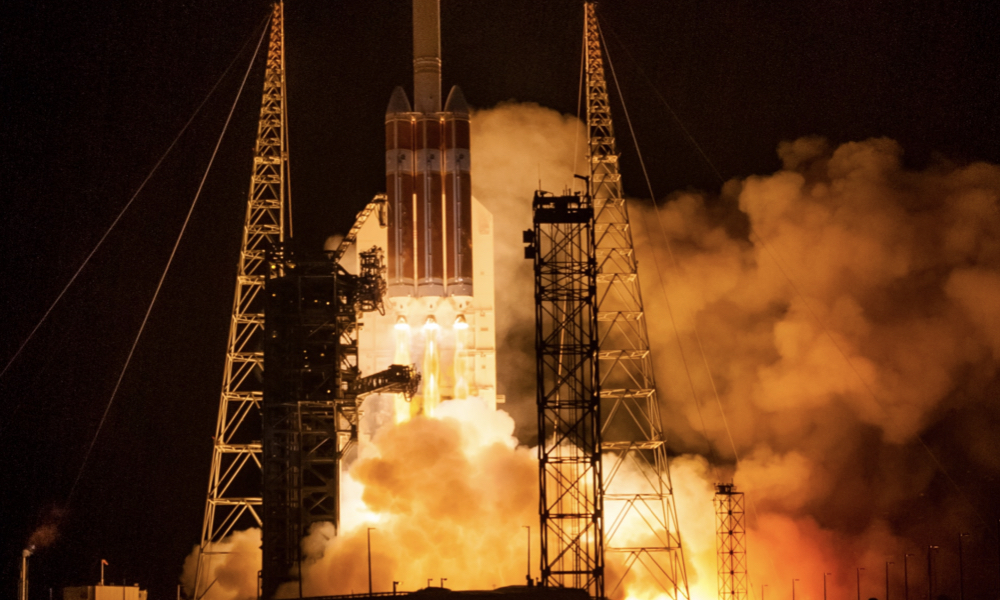
ESA Open Invitation To Tender AO8759
Open Date: 23/05/2017
Closing Date: 01/08/2017 13:00:00
Status: ISSUED
Reference Nr.: 16.112.07
Prog. Ref.: TRP
Budget Ref.: E/0901-01 – TRP
Special Prov.: BE+DK+FR+DE+IT+NL+ES+SE+CH+GB+IE+AT+NO+FI+PT+GR+LU+CZ+RO+PL+EE+HU
Tender Type: C
Price Range: 200-500 KEURO
Products: Ground Segment / Mission Operations / Operations Execution / Configuration management, FOP tools, On-board resource checker, …
Techology Domains: Mission Operation and Ground Data Systems / Ground Data Systems / Mission Control System, Automation, Mission Planning, Simulators and Station M&C and Data Centre Architecture and Technologies
Establishment: ESOC
Department: Ground Systems Engineering Department
Division: Mission Data Systems Division
Contract Officer: Bednarek, Maren
Industrial Policy Measure: N/A – Not apply
Last Update Date: 23/05/2017
Update Reason: Tender issue
Many Earth Observation (EO) missions have payloads generating a very high quantity of data. Payload and ancillary data (e.g. Navigation Data, Housekeeping telemetry) are stored on-board in the solid state mass memories in the form of CCSDS Space Packets. The massmemory is organised in multiple packet stores each dedicated to a specific type of telemetry (based on the CCSDS Virtual Channel and other characteristics) and handled as a circular buffer. To cope with timeliness requirements, it is important to ensure that at the end of each data downlink over a ground station all the needed payload and ancillary information are available on ground. For EO missions, this very complicated low level managing of the end-to-end downlink is reaching its limits with the frequent requests for a flexible mission planning approach capable of dealing with last minute urgent requests, for example for disaster recovery purposes. Such requirements on flexibility together with the mixture of both urgent and routing data is unique to EO missions and require the introduction of better protocols and operations concepts. The move to higher downlink frequencies (K-band) will increased the needfor rapid retransmission capabilities due to decreased link reliability in higher frequency bands. This will also drive the need for more complicated end-to-end protocols to manage the data downlink. The Euclid mission has already realised this, and adopted the CCSDS File Delivery Protocol (CFDP) for their usage. However, due to unique aspects of EO missions, the solution from Euclid cannot be directly applied and until now, no effort has been made to verify if this protocol (CFDP) could be effectively used for this type of missions and satisfying the data processing and timeliness constraints outlined above. Preliminary investigation have been done to extend this approach from payload data to monitoring and control (MC) domain related to TC and TM, but results were not satisfactory in relation to the performance. Once a suitable concept for using the CFDP protocol for the payload data management, then these preliminary investigations need to be revisited to check if a consistent overall mission concept can be found covering both monitoring and control as well as payload data handling.The activity consists in the following tasks:- analyse current operational concepts for payload data management and downlink for high volume EO Missions- build a catalogue of scenarios/requirements/ needs/use cases- analyse the unique features of EO missions and derive an optimal tuning of the CFDP protocol for EO purposes.- define a architecture and operation logic that would demonstrate the benefits of using CFDP- build a simulation data flow prototype to test the approaches for the various scenarios/requirements taking into account typical EO polar orbit mission.- characterise the performance interm of throughput, latency and timeliness for these approaches- identify the modification needed on-board and on-ground to support the proposed approach- identify if/how a file based approach would be equally suited to MC as for payload dataIt is required tolook at the end-to-end aspects hence involving as well the on-board design.
If you wish to access the documents related to the Invitation to Tender, you have to log in to the ESA Portal.
